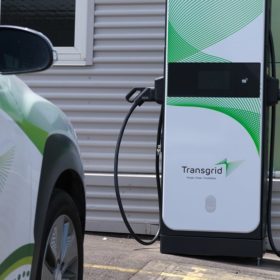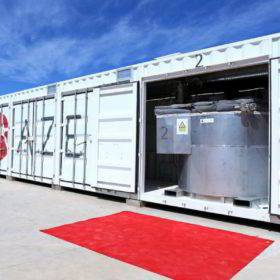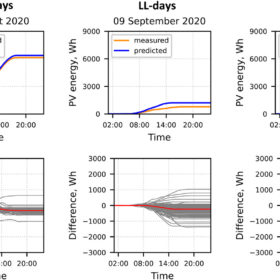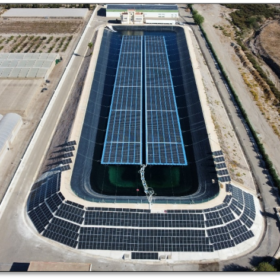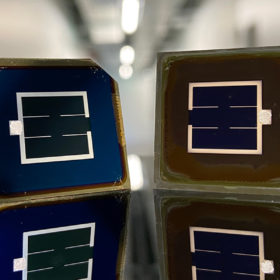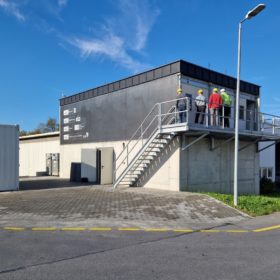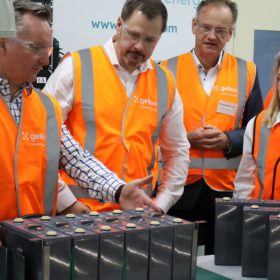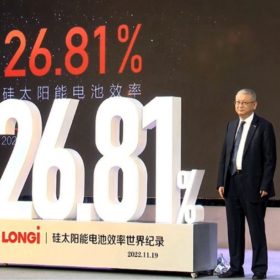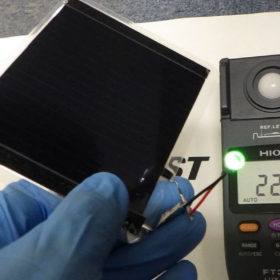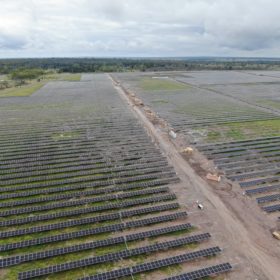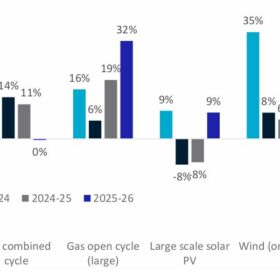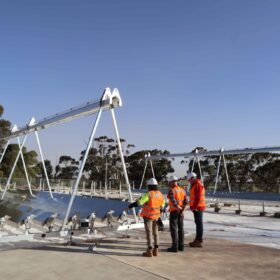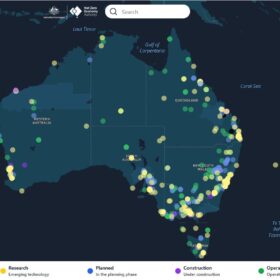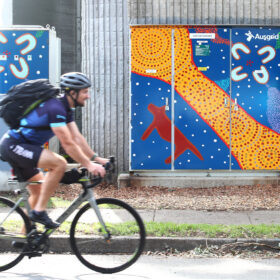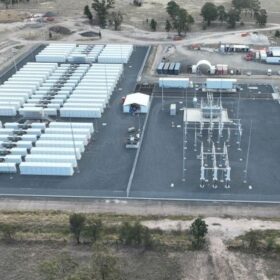Fast-charger to help drive Transgrid’s net-zero ambitions
As part of net-zero targets, New South Wales transmission network owner Transgrid plans to eliminate 100% of emissions from its passenger and commercial fleets by 2030 and to accelerate that strategy will trial a next-generation electric vehicle charger developed by Spanish firm Wallbox Chargers.
Molten aluminium storage startup enters Australian market, apparently
In a decidedly confusing announcement, Swedish molten aluminium storage startup Azelio says it has secured a conditional order from relatively unknown Australian company MPG Built. Azelio says the order will see it provide “energy-as-a-service” using five of its TES.POD storage units combined with solar power.
How variable is rooftop solar power?
A research group has developed a new methodology that shows PV systems located in the same area could have similar distributions of power ramps. Their three-step method could be used for the dimensioning of rooftop arrays and the scheduling of daily operations.
Floating PV for water pumping, desalination
An irrigation community has built a 786 kW floating solar array on a small water reservoir in Murcia, Spain. The facility will provide power for a solar water pumping system, a desalination unit, and the community itself.
Martin Green’s solar cell efficiencies at a glance updated
A research group led by Professor Martin Green has published Version 61 of the solar cell efficiency tables. The tables include a world record for a silicon heterojunction cell, announced by Longi earlier this week, as well as five more new results.
Lithium-vanadium battery for renewables storage
AMG Advanced Metallurgical Group has energised its first hybrid storage system based on lithium-ion batteries and vanadium redox flow batteries in Germany. The system reportedly combines the advantages and electrochemical properties of both storage technologies.
Feds give CEFC $500m funding boost for renewable tech commercialisation
The Clean Energy Finance Corporation, effectively the federal government’s green bank, has been allocated a further $500 million (USD 332 million) to invest in the commercialisation of renewable energy, energy efficiency and other technology innovations.
Green rates feat after Longi achieves record 26.81% with silicon cell
Chinese solar manufacturing giant Longi has announced the achievement of a world record 26.81% conversion efficiency from a cell utilising heterojunction technology on full-size silicon wafers in mass production. The company said the measurement has been validated by Germany’s Institute for Solar Energy Research.
Roadmap to achieve CIGS solar modules with efficiencies above 20%
Japanese scientists have described the steps that need to be taken to improve the average efficiency of CIGS solar modules, from around 18.5% at present to more than 20%. They presented all of the critical technical factors that are currently holding the tech back from broader market adoption.
IEA outlines standardised guidelines for solar O&M
The International Energy Agency Photovoltaic Power System Programme has standardised guidelines for operation and maintenance programs for large-scale solar plants. It defines O&M performance indicators and standard O&M operator services, as well as tools to analyse PV plant performance and safety.
